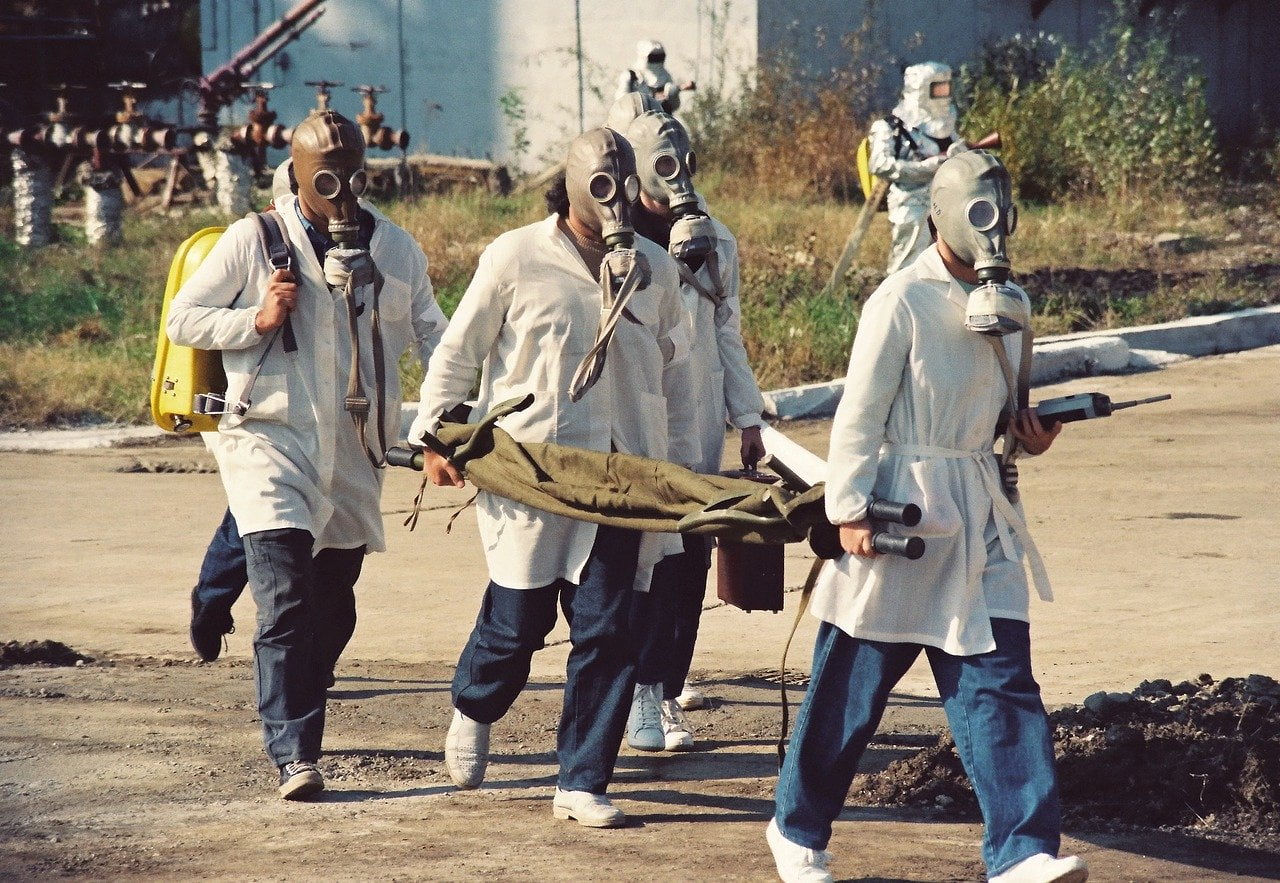“Disaster recovery” is a cornerstone of an enterprises’ business continuity strategy. It refers to the technology side of preserving a company and its assets in the event of a disaster – a broad range of potential events that range from fire or flood through to burglary or arson, cyber-crime, or power failure.
Q2 2020 hedge fund letters, conferences and more
Statistics show that 30 percent of businesses don’t even have a disaster recovery plan in place, and 90 percent of those businesses will fail after a disaster. The reason for that astronomically high failure rate is simple; downtime can cost as much as $5 million per hour.
Dealing with disaster recovery
The problem with disaster recovery, as far as the CIO is concerned, is that it’s seen as a cost without return until it is needed. If the organization never experiences an outage or cyber-attack, then the investment in disaster recovery solutions is "dead money", and in this tight market, many organizations would rather see IT investments adding proactive value. Boards and directors understand that IT is a risk and business continuity is their primary concern (and regulatory responsibility), but the pressure to minimize spending on disaster recovery is intense.
Ideally, IT teams want to find a disaster recovery solution that offers reliability with regards to cost and is comprehensive and proven. Additionally, they need a solution that can be called on immediately in the event of a disaster, as every minute of downtime or outage is costing the business.
What is DRaaS?
Disaster Recovery-as-a-Service (DRaaS) is an enterprise IT solution that addresses the full range of challenges that CIOs face with structuring and managing business continuity investment. It is a service provided by a partner organization and allows the enterprise to avoid the need for in-house software solution development, hardware purchase, and management, security, and maintenance.
DRaaS is a cloud-based solution, which keeps and maintains backups of an organization’s data in a cloud-hosted by the provider. It’s very close to a set-and-forget solution, and once set up the in-house IT team need not worry about backups and continuity at all – the data is immediately copied to these partner servers.
The benefits of this include significant cost savings on talent and IT skills, allowing the CIO to dedicate their resources to value creation tasks, but it also has the benefit of keeping the backups off-site and in a highly secure facility, built around security. These are core requirements for business continuity – the backup should be located away from the main business and it should be actively protected. Because it is cloud-based, however, in the event that there is a disaster, these backups can be called on immediately after an Internet connection can be established.
DRaaS also benefits organizations by being highly scalable (as the requirement for capacity increases, then it’s a simple matter of adding additional capacity to the agreement with the provider), and the cost is reliable – a simple monthly bill, which won’t feature the regular shock of needing to add or replace hardware.
It is for this reason that DRaaS is also highly appealing to smaller businesses or growth-orientated ones, that need their disaster recovery to grow with them, and don’t want to continually invest in rolling out time-consuming new solutions as capacity is reached.
What CIO’s should be aware of?
It goes without saying that when a business is entrusting something as critical to its survival as disaster recovery to a partner, it needs to be sure that the partner is reliable – according to research, almost 40 percent (38 percent) of organizations test their disaster plans infrequently or not at all. While that’s not ideal, it shows the importance of having a partner that can be trusted to deliver a reliable DRaaS solution with minimal risk of failure.
CIOs should look at the customers that any prospective DRaaS solutions provider has, as a way of determining the trust that can be put into that provider. As with all cloud solutions providers “biggest” isn’t necessarily best and some of the smaller DRaaS providers differentiate themselves through leading service and becoming a strategic partner to their customers. If they’ve had customers with a proven ability to run restores or recover from a disaster, then that company is providing a DRaaS service that works.






